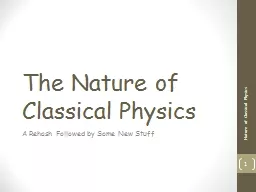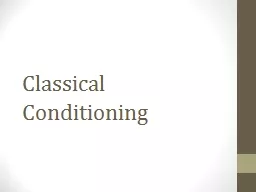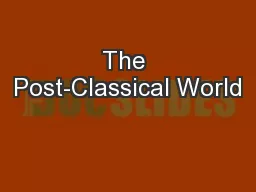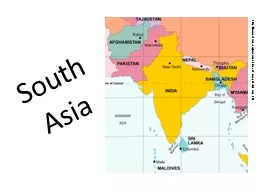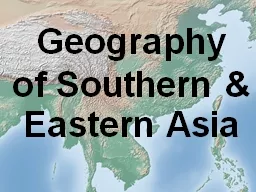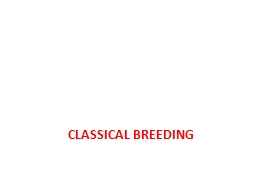PPT-Chapter 10 Post-Classical Asia & Beyond
Author : tawny-fly | Published Date : 2020-01-10
Chapter 10 PostClassical Asia amp Beyond Introduction In this chapter you will learn about developments in Asia during postclassical era of history especially in
Presentation Embed Code
Download Presentation
Download Presentation The PPT/PDF document "Chapter 10 Post-Classical Asia & Bey..." is the property of its rightful owner. Permission is granted to download and print the materials on this website for personal, non-commercial use only, and to display it on your personal computer provided you do not modify the materials and that you retain all copyright notices contained in the materials. By downloading content from our website, you accept the terms of this agreement.
Chapter 10 Post-Classical Asia & Beyond: Transcript
Download Rules Of Document
"Chapter 10 Post-Classical Asia & Beyond"The content belongs to its owner. You may download and print it for personal use, without modification, and keep all copyright notices. By downloading, you agree to these terms.
Related Documents



